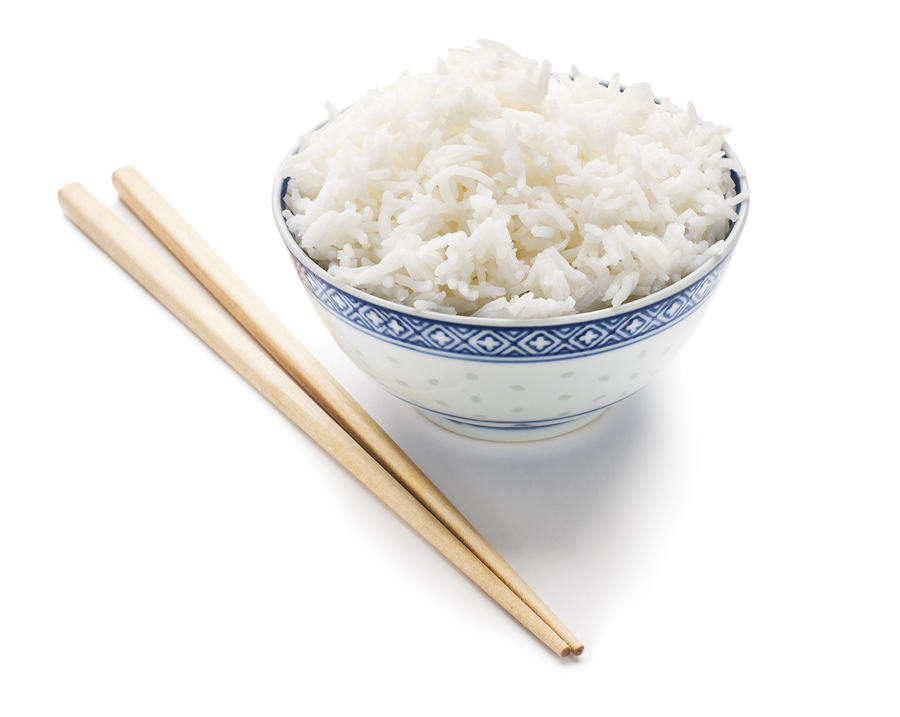A new study out of the National Center for Global Health and Medicine in Tokyo, and published in the journal BMJ, has found that people who adhere strongly to Japan’s recommended dietary guidelines are 15 percent less likely to die of any cause (like cardiovascular disease and stroke) compared to those who don’t.
Japanese people are, as a whole, very healthy with the second-highest life expectancies compared to any other country in the world (thanks to the SAD, we come in at number 43). They also have an obesity rate of just 3.5 percent compared to our 35 percent.
Japan’s nutrition guidelines reflect the country’s traditional diet, which is high in grains, fish and soybean products, but low in fat. In the U.S., where the tide appears to be turning against grains and toward larger intakes of fat, Japan’s contrasting food guidelines are a good reminder that there’s no “correct” way to eat nutritious food — just different styles that suit different people and cultures best.
From the article:
“For the study, 80,000 participants answered detailed lifestyle and food questionnaires that determined how well they followed the guidelines, and then researchers tracked their health for 15 years. The top quarter of people who followed the guidelines best had a decreased risk of death from any cause. The researchers controlled for factors like age, sex, BMI, smoking status, total physical activity and history of hypertension, diabetes and dyslipidemia. People with a history of cancer, stroke, heart disease or chronic liver disease were also excluded.”
So while the Japanese might be eating a lot of carbs, they are eating good carbs (which fill them up). They also eat very little fat (in the form of seafood, which is rich in healthy omega-3 fatty acids), move a lot, and they don’t eat as many processed foods.
In fact, the average Japanese person walks over 7,000 steps a day (Americans walk an average of 5,000 steps per day) and the health trend to walk 10,000 steps per day actually started in Japan! It’s no wonder then that with a diet of whole, unprocessed foods, as well as an active lifestyle, Japanese people can tolerate more grains than the average American.
Check out this diagram from the Huffington Post:
The figure running around the top represents our need for physical activity, and the top’s handle is made of a glass of water and tea, but you’ll notice there is NO SERVING SIZE RECOMMENDED for snacks, candy and other beverages (meaning, sugary ones).
More from the article:
“JAPAN’S GUIDELINES ARE ILLUSTRATED AS A SPINNING TOP. KAYO KURATANI, A RESEARCHER AT THE NATIONAL CENTER FOR GLOBAL HEALTH AND MEDICINE AND ONE OF THE STUDY’S AUTHORS, NOTES THAT THE GRAPHIC IS EASY TO UNDERSTAND AND FOLLOW. THE SPINNING TOP IS “DISH-BASED,” WHILE U.S. GUIDELINES TALK MOSTLY ABOUT RAW INGREDIENTS.
“THE DISH-BASED METHOD IS NOT ONLY EASILY UNDERSTOOD BY THOSE WHO PREPARE MEALS BUT ALSO BY THOSE WHO EAT THEM,” KURATANI TOLD HUFFPOST. “IT IS EXPRESSED IN TERMS OF ACTUAL DISHES EATEN AT THE TABLE RATHER THAN THE FOODS SELECTED OR USED IN MEAL PREPARATION. THIS MAKES IT READILY UNDERSTANDABLE EVEN FOR THOSE WHO RARELY COOK.”
Dr. Lydia Bazzano, a nutrition and diabetes researcher from Tulane University, worries that the spinning top guide may be deceptive for Americans because accompanying written guidelines point out the top is, “variable according to age, sex and activity level. Highly active young men, for example, can eat more grains than a sedentary women in her old age.”
So, for people who are very physically active, low-fat diets with a high grain intake don’t automatically contribute to conditions like obesity. However, if you are less physically active, a higher grain intake- especially refined grain- might contribute to poorer health outcomes and/or obesity.
If you don’t know what’s best for you, ask for help. But the takeaway from the Japanese diet is to eat real food and exercise. And THAT is simple.
I changed my diet and life years ago, click here to read how.
Source: Huffington Post













